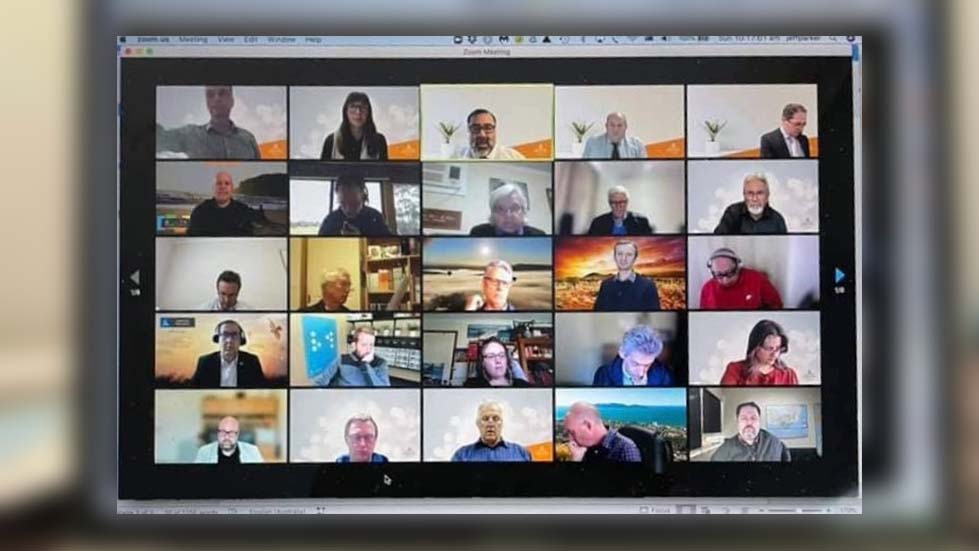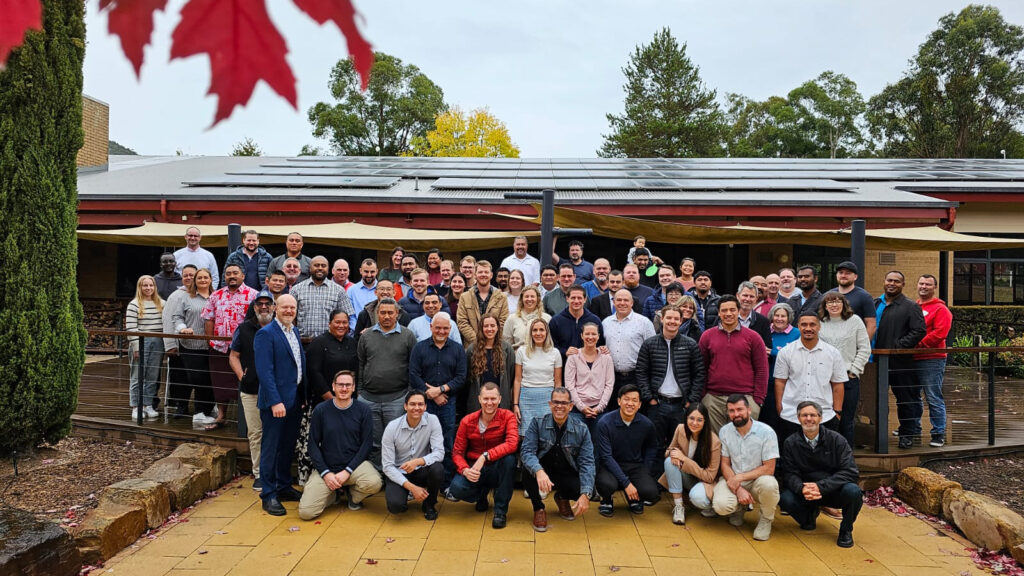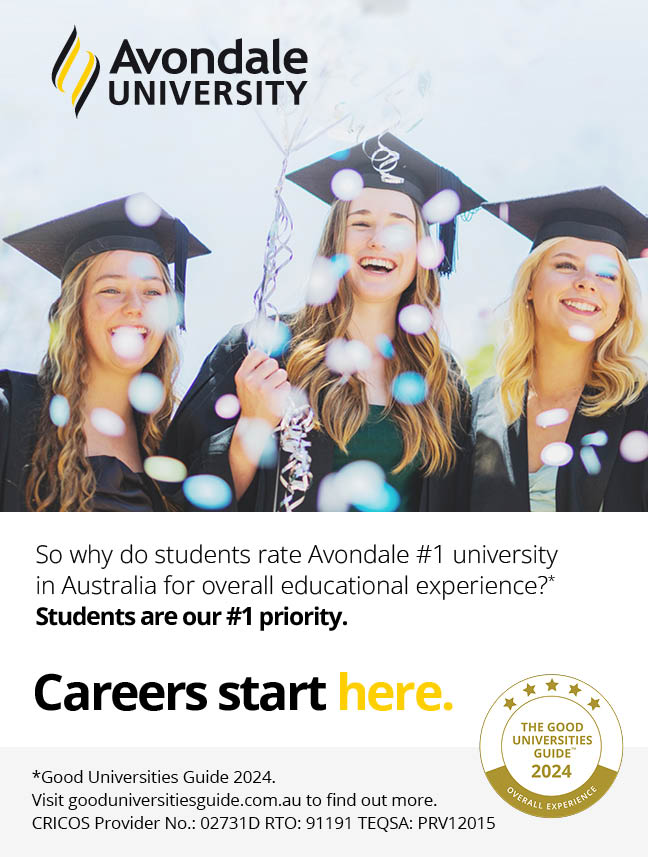For the first time, the Australian Union Conference (AUC) has held its sixth regular constituency meeting entirely online, using a virtual conferencing program.
More than 190 delegates from around Australia gathered online, on August 29 and 30, to receive reports from conferences and departmental directors and vote on items that will guide the AUC during this five year period.
In addition to voting in new president, Pastor Terry Johnson, the delegates also voted in the new AUC Executive Committee, which has seen a change in numbers.
The committee has reduced its membership from no more than 40 members to no more than 28 members. The changes are reflected in the reduction of members who are employees of the church, such as AUC departmental directors and conference administrators. As a result, the representation of laypeople on the committee has increased from 33 to 43 per cent.
Over the course of the two-day meeting, special focus topics were presented and workshopped including Aboriginal and Torres Strait Islander Ministry (ATSIM), Youth, Church Structure Review and the strategic plan for the next quinquennium.
The AUC acknowledged the success and growth of ATSIM across Australia and being able to minister to First Nations people. The Seventh-day Adventist Church is the only denomination to have a national indigenous ministry approach such as ATSIM. The main priority for ATSIM is to be a link for reconciliation between the church and Indigenous communities. They also want to shine a spotlight on the work they do, reminding church members of the resources, services and support which they have access to. The delegates workshopped some ideas on how they could use ATSIM and what ATSIM could do to be mainstream in the Adventist community.
“The goal is for churches, conferences and agencies such as Sanitarium and ADRA, to be more interactive with ATSIM, to synergise our ministry efforts and reach our maximum capability,” explained AUC ATSIM Director Pastor Darren Garlett.
Youth engagement and youth retention have been a top priority for the AUC and will continue to be as they progress into the next time period. Delegates discussed how the church has advanced since the AUC youth engagement summit in 2018 and what the church could do to create momentum in this sphere. In 2019, Pastor Jeff Parker, Youth Director at the AUC, conducted a survey with more than 400 responses from young people around Australia. Delegates were able to discuss some of the results, focusing on what young people are really wanting from church, how the church can create a welcoming atmosphere, and how to mentor young adults.
“The real desire and need that most youth have is for people to connect with them in church life, both in a formal and an informal setting,” said Pastor Parker.
“The AUC is dedicated to working with local conferences and churches to create a movement which will see young people coming back to our church.”
A presentation on the Church Structure Review was also provided, giving an overview on why it started and the journey so far. The different model options were explained along with the opportunities for the church in Australia. It was acknowledged that there was still quite a bit of work to do on this project which will continue when COVID restrictions allow.
The AUC’s strategic plan continues to focus on creating a thriving disciple-making movement. The six key challenge areas for the next quinquennium to help them with this plan are youth engagement, health, media ministry, discipleship, mission and leadership. The AUC will work in harmony with the South Pacific Division and General Conference as they create initiatives and make changes to help them achieve their goals.
“We were extremely happy with the outcome of the meetings and how well the digital platforms worked for us over the two days,” said Pastor Michael Worker, AUC secretary. “Although we were not physically in the same place with the delegates, we were inspired by the reports and able to have some important strategic discussions and presentations, allowing us to look forward and find more ways to share God’s love with our community as we prepare for Jesus soon return.”






